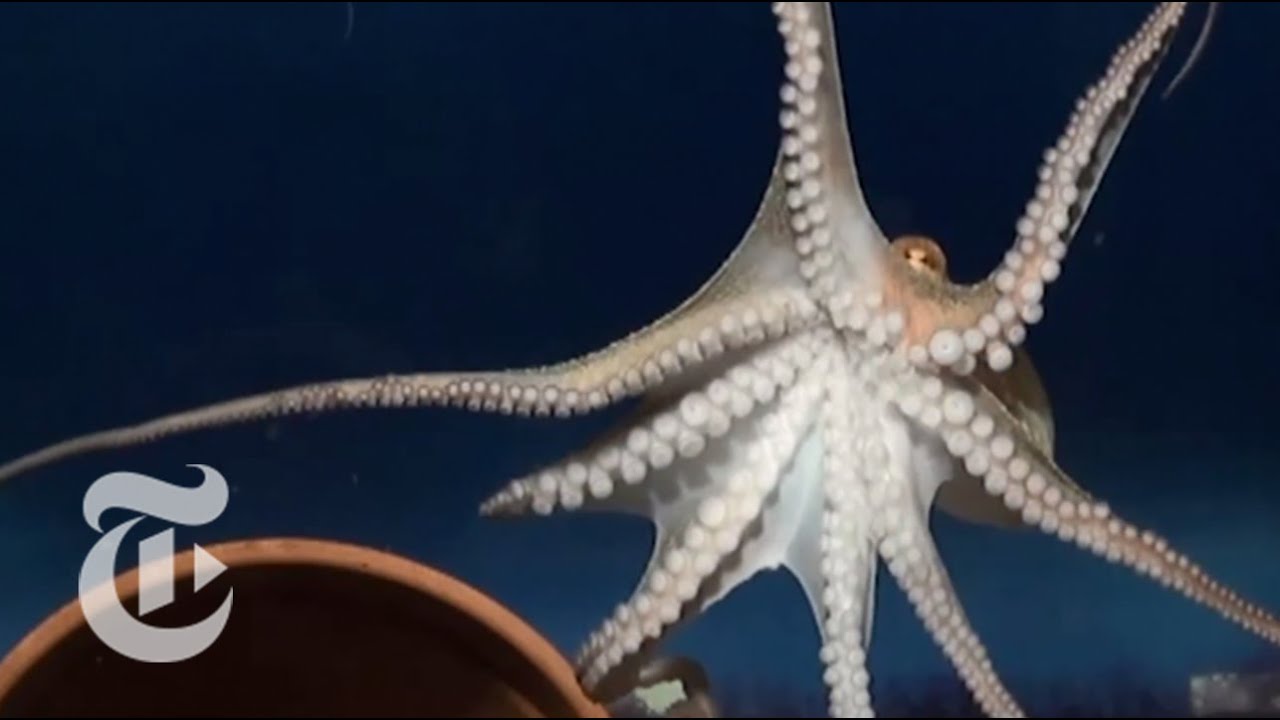When an octopus crawls along the seabed, the vertical and horizontal muscles of the arm contract, and the arm stretches and contracts. They twist their arms by contracting a set of muscle fibers that wrap diagonally around them.
How does the octopus's arm work?
When pressed against an object, the flexible outer ring of the suction cup takes the shape of the object and forms a watertight seal. The pressure drops in the large inner chamber, suction is generated, and the arm muscles contract, allowing the octopus to grab and pull the object.
How does the octopus work?
The octopus moves using jet propulsion. The octopus sucks water into the mantle cavity and quickly contracts the muscles to push the water out of the narrow siphon, allowing the water to be steered in a particular direction.
Is it called the movement of an octopus?
The octopus does this by ejecting water from its bag-like body. It draws water into the body cavity and pushes it out of the tube under the head. The force of the spouting water pushes the octopus out, allowing you to swim backwards in the ocean. This is called jet propulsion.
Do the octopus's arms move independently?
The eight-armed cephalopod, commonly known as an octopus, can be operated by moving the arm and sucker independently of the signal transmitted from the brain. A study led by neuroscientist David Gire at the University of Washington in the United States used a model to reach this new and fascinating discovery.

Below you will find two helpful answers on a similar topic. 👇
What sound do snails make?Where are most of an octopus's nernons found?
